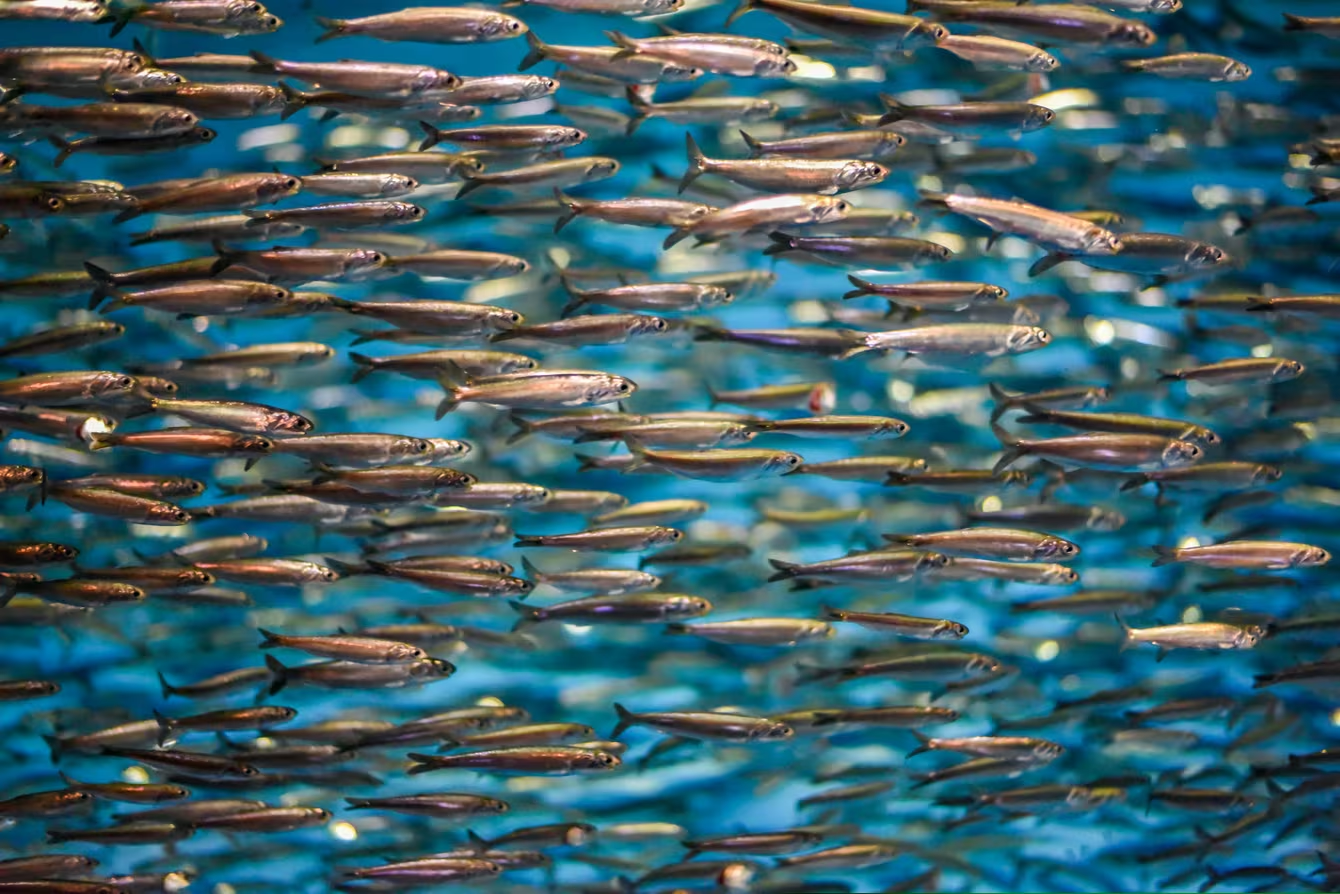
Peru’s quota setting is of critical importance, considering that the country accounts for 20 percent of global fishmeal and fish oil production in an average year.
During the first three months of 2024, IFFO notes that global fishmeal production dropped by approximately 27 percent compared to the same period in 2023*. Such a decrease is driven by the early onset of the second fishing season in Peru's North-Central region back in 2023, along with a lower-than-average granted quota, resulting in a diminished catch at the tail of the fishing season at the beginning of 2024. Chile, the USA and the African countries have been showing a positive trend in fishmeal production compared to 2023.
As for fish oil, globally, cumulative output through March 2024 was 30 percent down year-on-year, mostly due to the timing of the Peruvian fishing season last year. In 2024 so far, the USA and the African countries are the only ones that have registered a positive trend compared to January-March 2023.
China: weak demand for feed ingredients
The fishing ban imposed in China on 1 May will last until September. According to IFFO, the annual decrease in the cumulative fishmeal imports through March 2024 confirms the challenging conditions prevailing in both the pig and aquaculture markets.
IFFO notes that aquaculture industry is struggling to reduce stocks given the current tepid demand among consumers. Initial estimates indicate that aquafeed production in the first quarter of this year is expected to be lower than the same period last year, reflecting a subdued trend in feed ingredient consumption.
Conversely, the outlook of the pig sector, another user of marine ingredients, has turned rosier recently. Market analysts are suggesting a recovery in the second quarter of 2024.
Import statistics for soybean and rapeseed are showing a year-on-year decline through the first quarter of 2024.
* Based on its membership, which accounts for 55 percent of global marine ingredients production, covering landings in Peru, Chile, Denmark, Norway, Iceland, the North Atlantic, USA, Africa and Spain.



